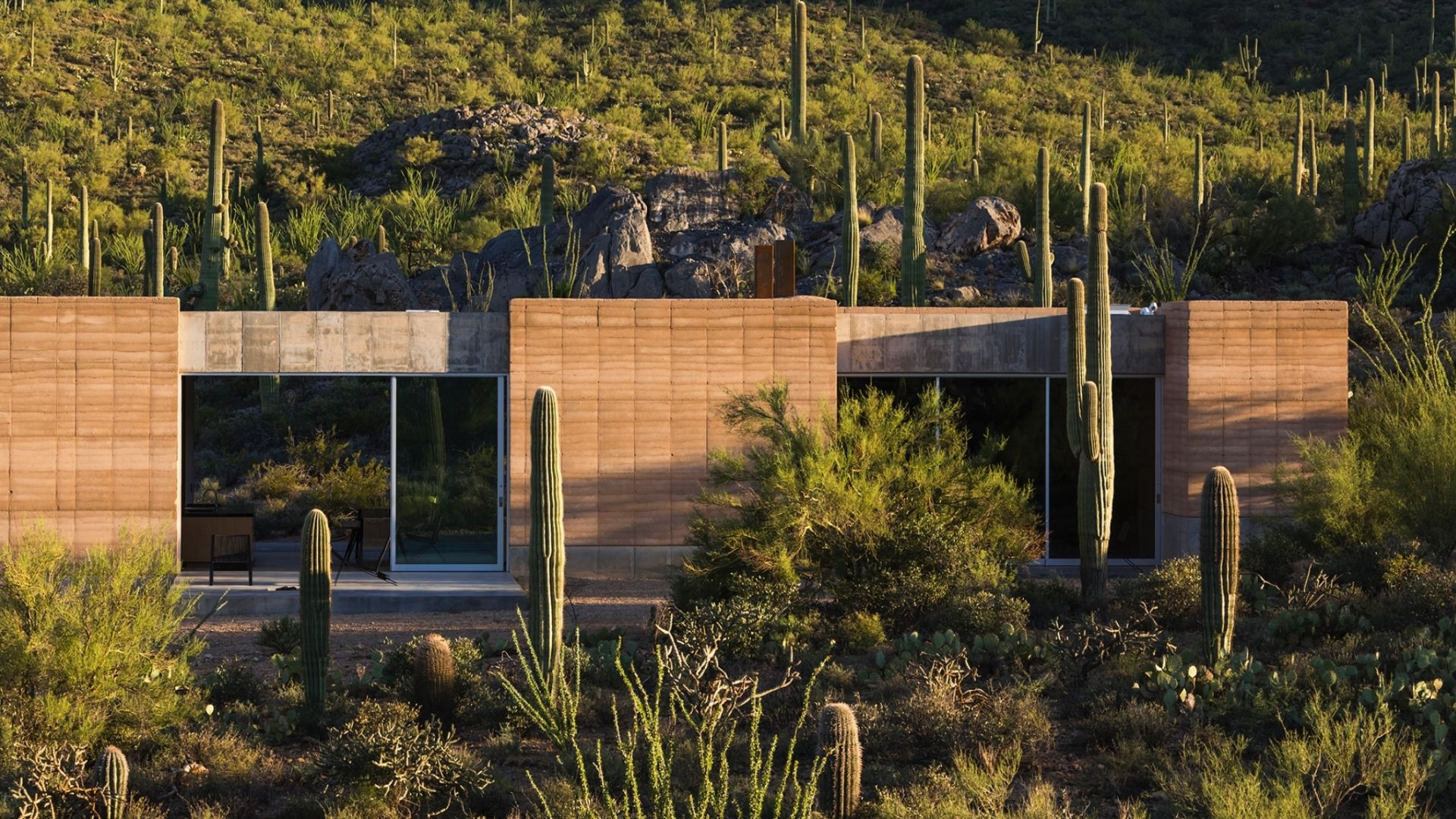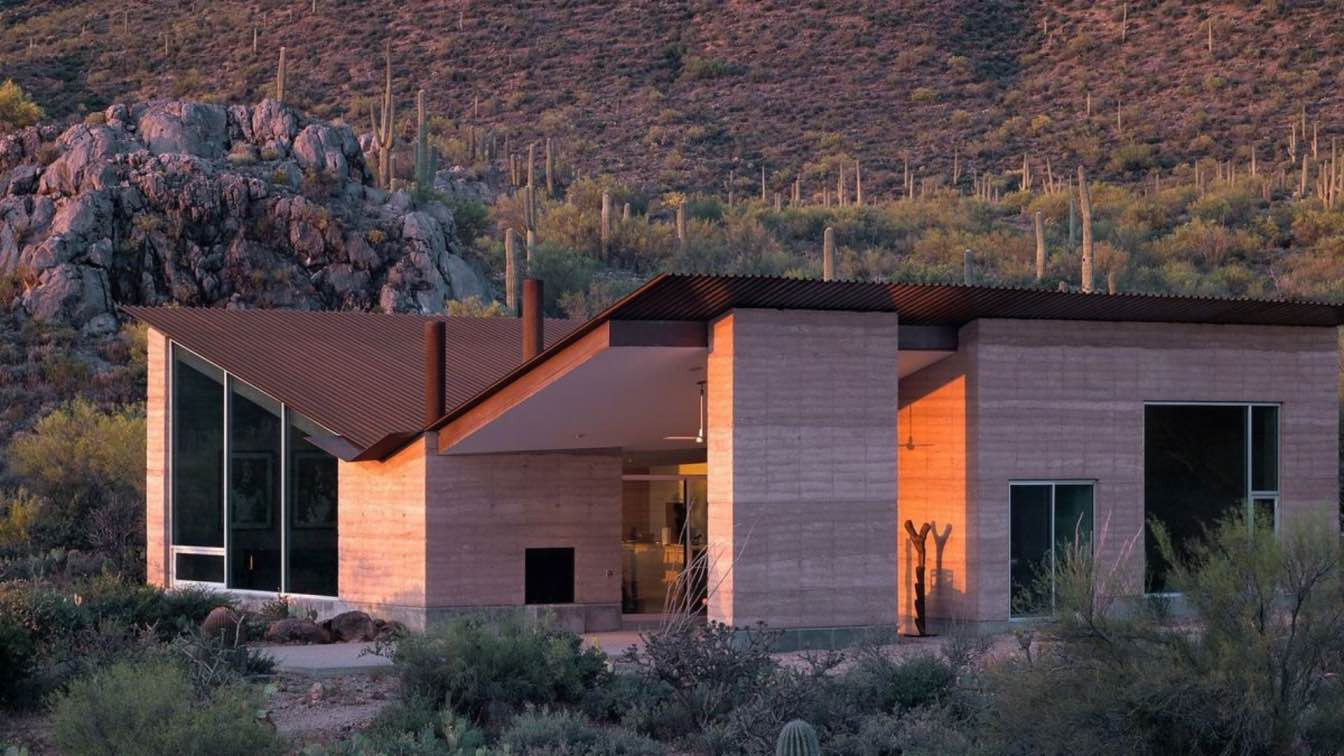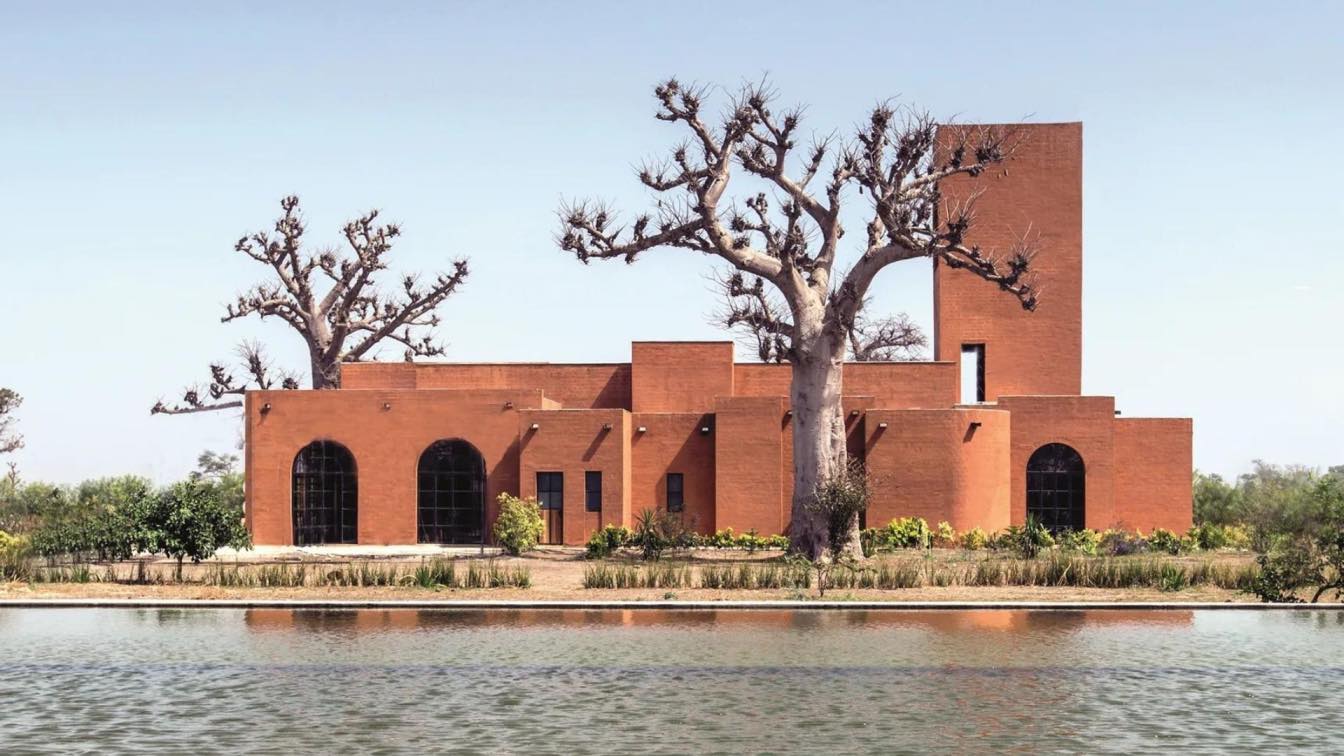The earth and its contents has been used as a tool and resource for building materials for thousands of years, across the world and in many different countries. The style of building has been not only used for homes and dwellings, but for palaces, temples, and other buildings which have stood the test of time. Rammed earth is well known for its ecologically sustainable and environmentally friendly nature, and has skyrocketed in popularity for the past few years as environmental consciousness has grown in popularity.
So, how do you construct a rammed earth building?
There are many different types of rammed earth, all involving different materials. The process can use soil, silt, gravel, clay, cement, and sand; just to name a few. This material is then compacted by being placed between wooden and metal shutters. Every architect who constructs a rammed earth building has their own way of doing it. There is no exact step by step recipe of how to build them, because it is all down to the specific type of soil, the amount that is needed, and the climate in which it is built.
 image © Jeff Goldberg/Esto - DUST
image © Jeff Goldberg/Esto - DUST
How is rammed earth a better alternative to concrete?
Rammed earth is an environmentally friendly and sustainable product with an unnaturally high thermal mass and a smaller carbon footprint than normal construction products. Rammed earth is completely and totally recyclable with very low transport emissions. The great thing about rammed earth is that usually a large majority of the product used for the construction of a rammed house is right there or thereabouts. Concrete is not a sustainable material whatsoever, and can be extremely expensive for construction projects. Concrete contributes to climate change, whereas rammed earth is good for our planet.
Why hasn’t rammed earth been adopted more widely by the architecture industry?
You might be thinking about this point, why on earth would the architecture world not adopt rammed earth house building as a common style of building? It seems absolutely perfect, doesn’t it? The style of building is environmentally friendly, it uses earth resources at fairly low cost, and seems like a sustainable way of developing new architecture.
What would you say to other architects or designers who are thinking about using rammed earth as a material and building process?
Absolutely go for it! It is an awesome material which is fairly flexible and extremely environmentally friendly. Although it is still a developing process and can be a little bit more on the expensive side to start out with, it is definitely worth it in the end.
 image © Bill Timmerman / Studio Rick
image © Bill Timmerman / Studio Rick
Below here are two of our favourite home constructions of late which utilise rammed earth:
A Portuguese Home Fused to the Environment With Rammed Earth
If you follow the above link, you will be taken to see a beautiful ecologically sustainable building constructed using the rammed earth technique. The architecture firm ‘Blaanc’ used a vernacular type of building technique which is extremely popular in rural parts of Portugal. You guessed it, its rammed earth! If you would like to visit this beautiful example of rammed earth technique, it is only a short plane flight away!
An Off-Grid Rammed-Earth Home in the Colorado Plateau
This beautiful Colorado home was constructed using the beautiful rammed earth building technique. The outside of the house has been made using exposed local wood, red rammed earth and soil, and glass also. The combination of these products with rammed earth technique matched the primitive and ‘close to the earth’ vision of the designers and eventual homeowners. This house is completely off the grid, and has been constructed for the sole purpose of being ecologically conscious and environmentally friendly.
The ingenious rammed earth building technique has been used in construction for years and years, even since the earliest civilisations. It is one of the oldest construction methods out there, but it has transferred very well to modern times. As we have moved more into the 21st century, ecological consciousness has become more important which has increased the popularity of rammed earth as a building technique. As much as it was a staple of the past and its building processes, the method has transitioned very well into popular culture today.
About the Author:
Sara Sparrow is a technical writer and project coordinator at Top Canadian writers and Study demic. She takes part in tech and marketing conferences, consults businesses, and contributes articles to online magazines and blogs, such as Academ advisor.





